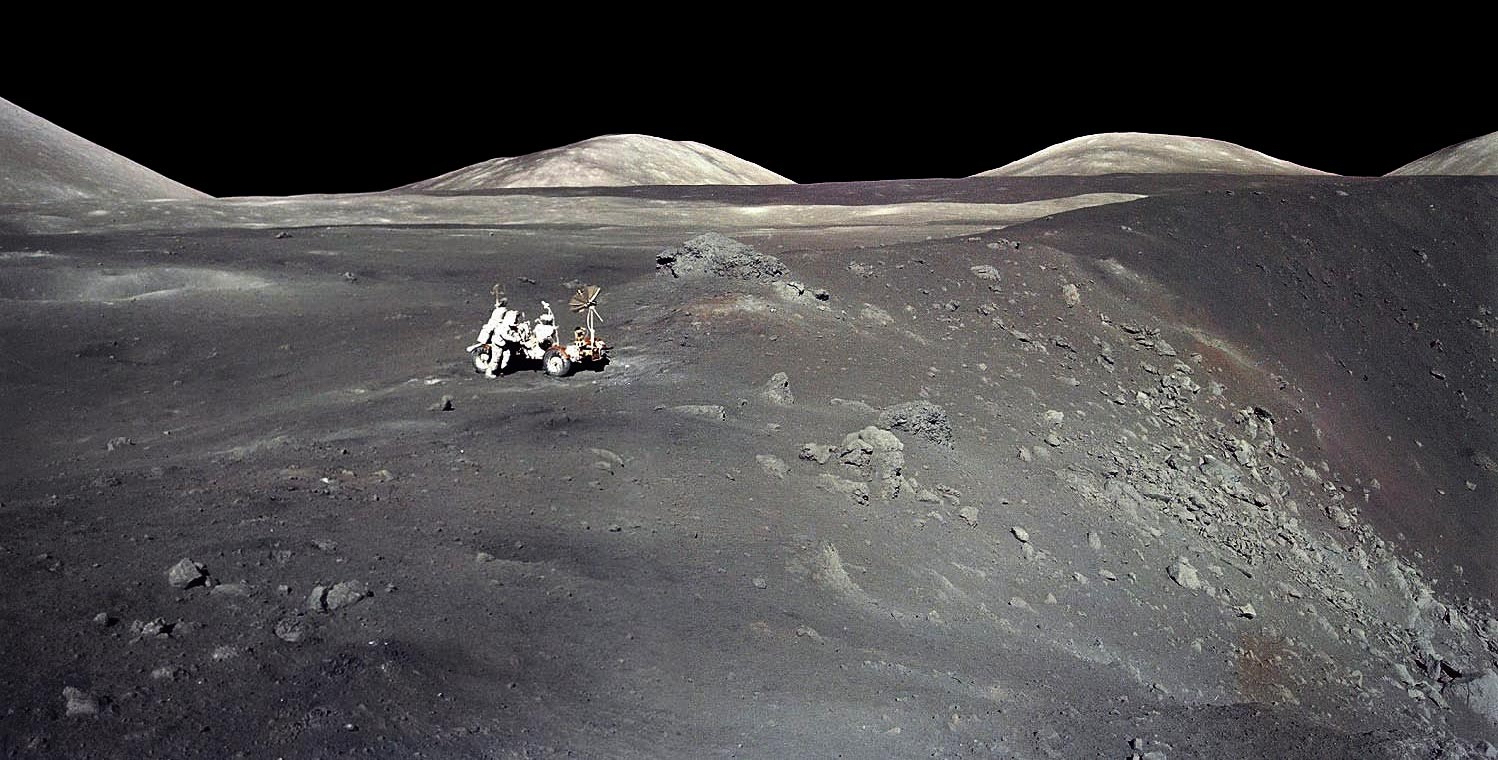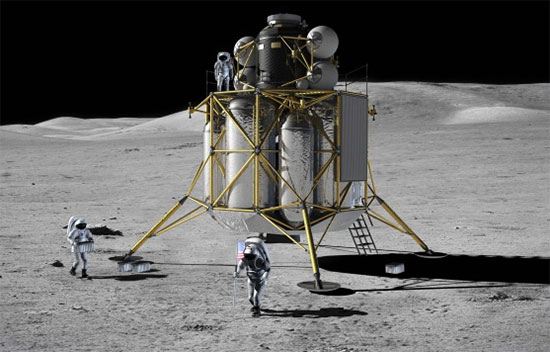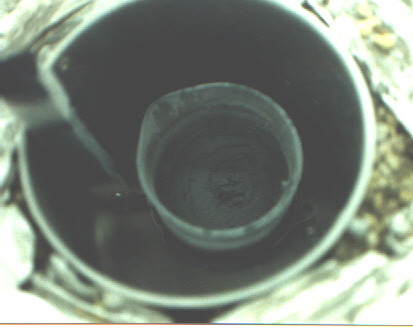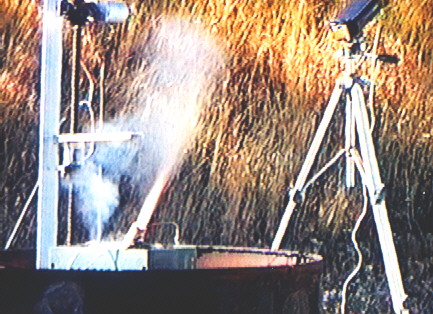
In the 1980’s, NASA was using liquid oxygen (LOX) and liquid hydrogen as a baseline propellant system. While the oxygen could be obtained by processing lunar soil, the liquid hydrogen would have to come from earth. This would be a major logistical undertaking and expensive. It has been more recently shown that water may be present on the moon, which could be used to make hydrogen and oxygen for rocket propellant. However, it seemed to us that if water was present on the moon that using the water as propellant would be a tremendous waste of the water, as it would forever be eliminated from the moon. A better use would be for life support where it could be recycled over and over. If water is not used for propellant and hydrogen is not brought from earth, what could be found on the moon to serve as a propellant?


John Wickman was searching for propellants which could be made entirely from materials known to exist in lunar soil. He looked at the results from the analyses of the lunar soil samples brought back from the Apollo missions and identified several potential fuel candidates. Most of the compounds are oxides which could be broken down to yield oxygen. The next task was to find a fuel to burn with the oxygen. They were phosphorus, sulfur, magnesium and aluminum. All of these fuels could be obtained by processing the lunar soil.
It is well known how to get LOX into a rocket engine combustion chamber under pressure, but how would it be possible to get any of these fuels into a combustion chamber? Phosphorus and sulfur could actually be the easiest as they both melt and could be fed as liquids. Phosphorus melts at around 111F. It has the advantage of auto-igniting with oxygen. Sulfur melts at 239F, but if heated above 482F, it will also auto-ignite with oxygen. For either fuel, electrical heaters would preheat the propellant tank, feed lines and valves prior to using the engine. Once the engine was operating, heat from the combustion process could be used to continue heating the fuel so that it would stay molten. Regardless of the propellant combination being used, it is envisioned that a small amount of LOX will be kept in a separate tank. This LOX will be circulated through the combustion chamber and nozzle walls to provide cooling before entering the combustion chamber to be burned with the fuel. The use of LOX for cooling liquid rocket engines has been demonstrated by other companies.
For aluminum and magnesium fuels, they would be in the form of a powder as their melting temperatures are too high. They could be injected into the combustion chamber with an inert carrier gas. We have built a rocket engine using carbon dioxide and magnesium powder for use on Mars that blows the magnesium powder via nitrogen gas into the engine’s combustion chamber. This approach could also be used with magnesium or aluminum powder for a LOX-aluminum or LOX-magnesium rocket engine. An additional option available with aluminum is to suspend the aluminum powder in gelled LOX to form a monopropellant. This option is not available for magnesium as it is shock sensitive in LOX and will detonate.
Our company has made LOX-aluminum monopropellant and determined that it is not shock sensitive (Shown at right). It burns in a controlled manner such that it could be fed into the combustion chamber without the flame in the chamber flashing back up into the propellant tank. The viscosity of the LOX-aluminum monopropellant was no higher than 300 cps and decreased to 100 cps with increasing shear rate. A centrifugal pump with backward leaning blades could be used to pump the monopropellant. This type of pump is commonly used to pump slurries. One of the technical issues to resolve was whether the aluminum powder would settle in the gelled monopropellant. Our tests showed that there was no indication of settling in a six to seven hour period, which was the time limit of the tests.
Subscale Rocket Engine Demonstrated
As part of our research, we made a small rocket engine fueled by the LOX-aluminum monopropellant. The propellant tank was surrounded by a liquid nitrogen bath to keep the LOX from boiling off. The propellant feed lines ran through a liquid nitrogen bath on their way to the combustion chamber. A piston pushed against the propellant to feed the propellant into the rocket engine chamber.  While the thrust was only about a pound, the engine was started and stopped several times without a flashback of the combustion flame front into the propellant tank. The tests showed that this approach was feasible in larger engines.
While the thrust was only about a pound, the engine was started and stopped several times without a flashback of the combustion flame front into the propellant tank. The tests showed that this approach was feasible in larger engines.
From these tests and our results with magnesium powder and carbon dioxide rocket engines, there are two demonstrated approaches to making a lunar soil propellant rocket engine, suspend the fuel in LOX or inject the metal powder into the rocket chamber with an inert carrier gas. This technology is now ready for the next step which is the construction of a scaled up rocket engine complete with propellant tanks, feed lines, valves and control systems.
